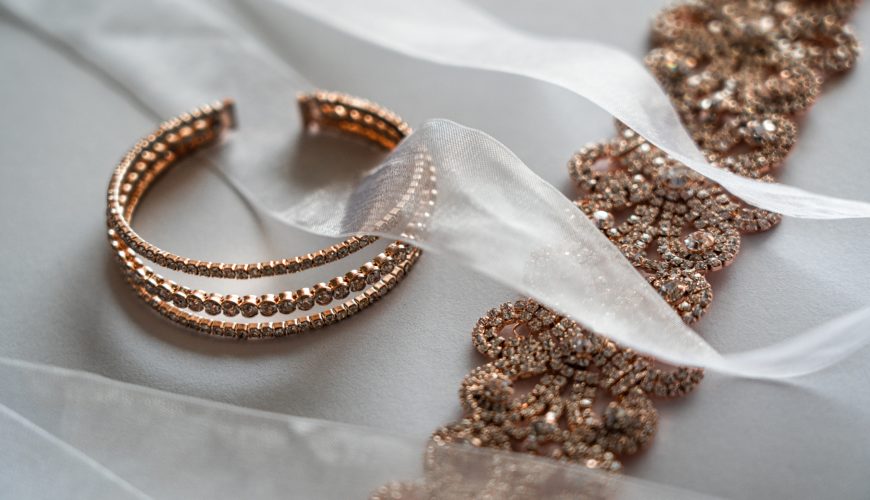The most common wrist watch types on the market today are automatic and quartz timepieces, as well as their techy sibling, the smartwatch. Unless you want a fitness monitor, you’ll probably choose between the two classic options.
Choosing between these two prominent watch types could be confusing for those who are new to the world of timepieces. As such, we’ll detail the qualities of both automatic and quartz watches as well as other relevant topics. You can check out Timemachinegeek.com if you’re looking for in-depth reviews of various types of wristwatch models.
Automatic and Quartz Watch History
Before we distinguish the characteristics of these watches, let us first learn how they became the accessories we know now.
The first automatic watch came into existence during the 1770s. The earliest automatic watchmakers devised an ingenious method for transferring energy generated by the wearer’s hand motions to a weighted rotor placed inside the watch.
When automated timepieces originally appeared, they were in the form of portable pocket watches. The early version of automatic timepieces was not as precise as its wrist-worn counterparts that would follow. It would be almost a century before automatic wristwatches became available to the general public.
In the 1920s, automatic wristwatches were made to transmit far more energy from the wearer to the mainspring. This improved energy transfer and storage allowed mechanical wristwatches to keep working considerably longer than their handheld counterparts.
In the 1960s, the CEH (Centre Electronique Horloger) invented the Beta 21, the first Swiss analog quartz watch. The movement, powered by a battery rather than a mainspring, was regulated by a quartz crystal.
This power source uses a specific frequency to maintain time and is more precise than the mechanical movements of traditional automatic watches. However, the Japanese watchmaker company Seiko released the Astron in 1969. It is the world’s first quartz watch that is commercially available.

The following year, watches with the Beta 21 movement were made available to the public, but Seiko had already made its mark. Known as the “Quartz Crisis,” Japanese watchmakers filled the market with quartz timepieces throughout the 1970s and 1980s.
The popularity of these watches rose rapidly as they became more accurate and faster to manufacture. Many said that the quartz watch nearly destroyed the automatic watch business for a while.
Automatic Watch Qualities
Automatic watches are generally simpler to maintain than quartz watches. If worn every day, they don’t require winding or any particular maintenance. That said, they will most likely require wounding if they are not worn after 36 hours or more.
You can wound an automatic watch manually by using the crown or via a winder machine if you have one. Upper-class individuals frequently favor automatic watches since they are intricately built compared to quartz watches.
The craftsmanship required to create an automatic watch necessitates high accuracy and considerable expertise. Many collectors also get drawn to vintage automatic timepieces.
Automatic watches are typically accurate when it comes to maintaining time. They can, however, lose six up to eight seconds every day. Still, the amount of time lost will depend on the age and quality of the watch.
In terms of upkeep, automatic or self-winding watches should be oiled and serviced every five years, notwithstanding any issues or damages. In addition, unlike quartz watches, there is no need to change the battery.
Overall, automatic watches have their share of enthusiasts because of several qualities. They maintain traditional aesthetics, have the glamour factor, are incredibly robust, need little maintenance, and have intricate construction.
Quartz Watch Qualities

Quartz watches are known to be more cost-effective and deliver more accuracy in timekeeping than their automatic counterparts. In general, quartz watches may lose a few seconds every month or about one minute annually. Considering their qualities, some models may gain or lose five seconds every year.
Normally, the power source of quartz watches is due for replacement every three to five years. This is arguably the most notable difference between the two watch types.
Due to the battery factor, there’s the danger of leaking batteries damaging the inside of the watch. Considering this potential issue, you must prioritize high-quality batteries. It’s also best to replace them before it expires to avoid leaking.
If you find it cumbersome to replace the batteries in your quartz watch, you can opt for solar-powered models and ones that feature rechargeable batteries. Quartz watches are the choice of many due to their economical cost and accurate timekeeping.
The Watch To Purchase
It’s a good idea to examine what’s essential to you in a watch when deciding whether a quartz watch or an automatic watch is the best fit for you. There is no correct or incorrect response because each one has its advantages and disadvantages. As such, choosing which watch you should buy is purely a matter of personal preference.




